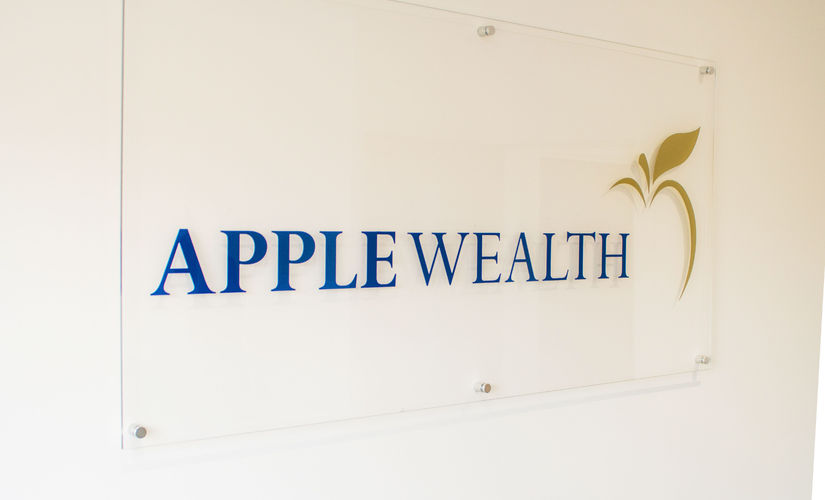Posted: 25 February 2019

Director's cut - Taking the right steps before tax year-end can provide a financial boost for you and your business.
If you’re a company director, what is the best way to take profits from the business for your own benefit? The answer will vary depending on your tax position and your business, but it usually it comes down to finding a tax-efficient blend of salary, bonus and dividends.
When deciding the level of salary, you need to consider various factors, particularly the prevailing Income Tax and National Insurance thresholds. It’s often a good idea to keep your salary just above the threshold for National Insurance contributions (NICs) in order to qualify for the State Pension, while keeping within a minimum tax band. This threshold stands at £8,424 for the current tax year.
Alternatively, a salary of up to £11,850 will be covered by your Personal Allowance and should be free of Income Tax – though a small amount of National Insurance will be due.
Paying dividends
Historically, directors of profitable companies have preferred to receive a larger proportion of their pay in the form of a dividend, because this can help to reduce their tax bills. However, given that the annual tax-free dividend allowance was cut from £5,000 to £2,000 on 6 April 2018, dividends are a slightly less attractive option for directors than in previous tax years.
Nevertheless, a dividend payment will often be a more tax-efficient alternative to paying a salary, as dividends aren’t subject to NICs and also attract lower rates of Income Tax. Any dividend income above the £2,000 threshold and within the basic rate band, attracts tax at 7.5%. Dividends falling within the higher rate band or additional rate band are taxed at 32.5% and 38.1% respectively.
Maximising the dividend allowance by 5 April may make good sense; beyond that limit, how much you choose to pay yourself in dividends will depend on weighing the relative tax take.
Tax matters
Aside from salary and dividend payments, there are some other tax-efficient options, so it’s well worth exploring these. For instance, if you can look past immediate income needs, your company’s profits may be put to good use in a pension.
Many business owners overlook the fact that they can pay a pension contribution from their business for their own benefit. What’s more, an employer pension contribution is treated as an allowable business expense and can therefore be offset against the company’s Corporation Tax bill.
“By moving the cash into your pension, the profits of the company can be reduced, which in turn can lower or eliminate the liability to Corporation Tax,” says Ian Price, divisional director at St. James’s Place.
“Another benefit is that pension contributions avoid NICs. So, by taking a pension contribution from the business, not only will you have reduced your company’s liability to Corporation Tax, you will have saved Income Tax and NICs on those contributions too,” says Price.
Be aware that contributions must abide by the rules for allowable deductions. More information can be found on HMRC’s website.
Personal preference?
Depending on your circumstances, paying a contribution from the business may or may not be more beneficial to you than paying a personal pension contribution, despite the fact that personal contributions can attract tax relief at your highest marginal rate of Income Tax. Your financial adviser will be able to help you decide which method is more tax-efficient. However, in both cases, the money can be drawn flexibly from the age of 55.
“If you have passed your 55th birthday, you will be able to take the whole fund back and use the cash as you wish,” says Price. "A quarter of this will be tax-free, while the rest will be subject to Income Tax," he adds.
You could add up to £40,000 to your pension this tax year using pre-tax profits from your business. But if you have not made a pension contribution this tax year, or in the previous three, you could use the carry forward rules to add significantly more to your pot.
Note that employer contributions need to be paid before the company’s financial year-end in order for the business to qualify for the deduction during that accounting period. If your accounting year-end is 31 March, you now have less than eight weeks to take advantage of this year’s business tax allowances. If you have longer, it’s still a job that’s worth doing.
https://www.dtaccounting.co.uk/apple-wealth

